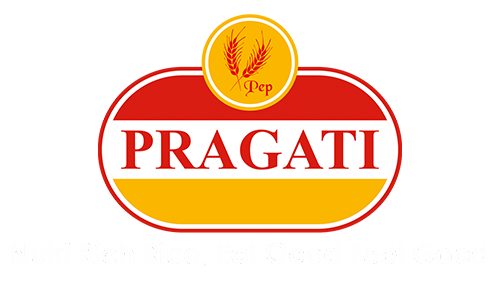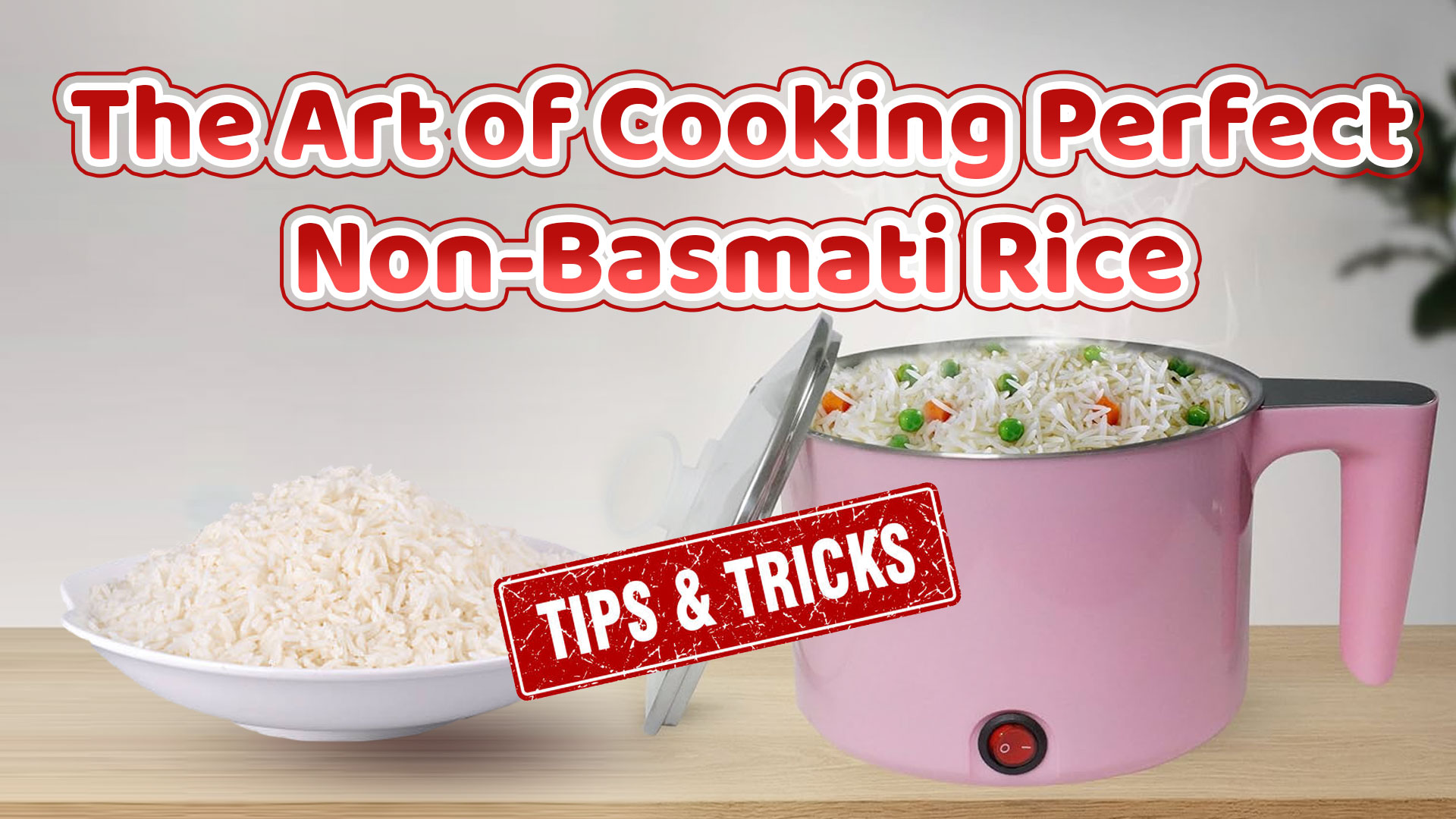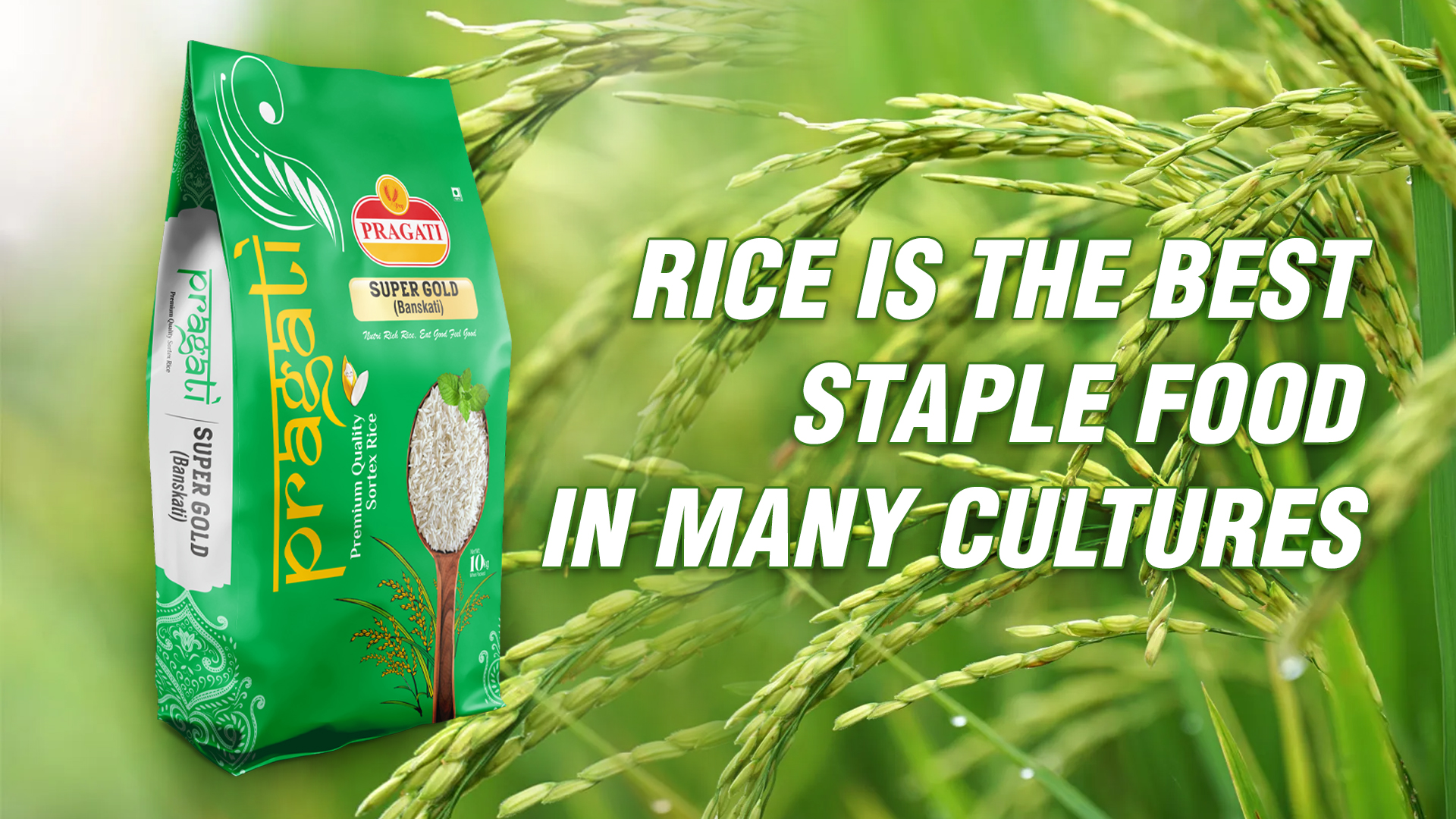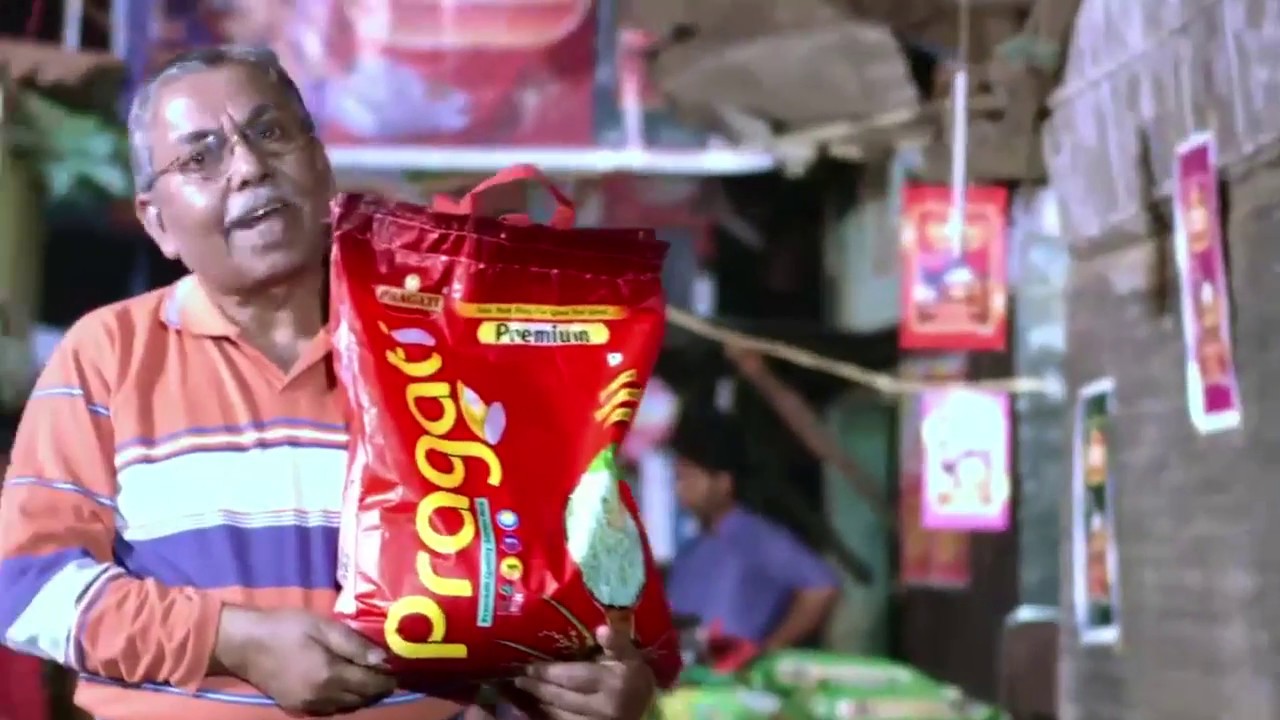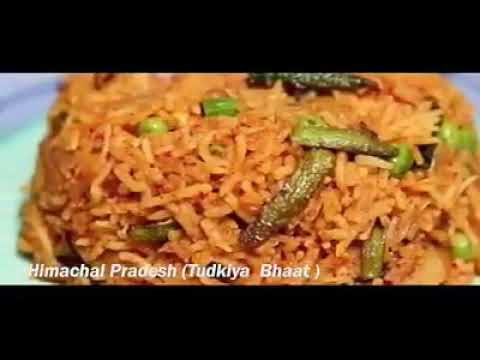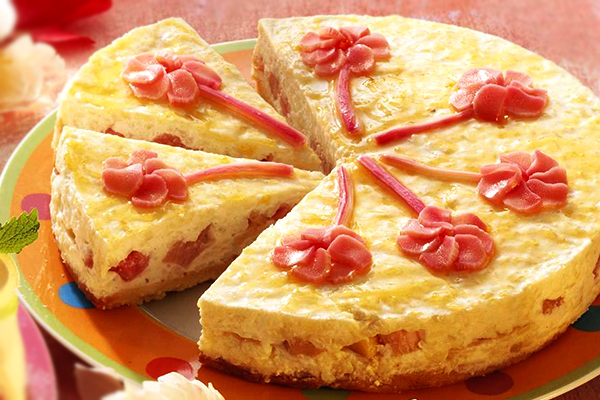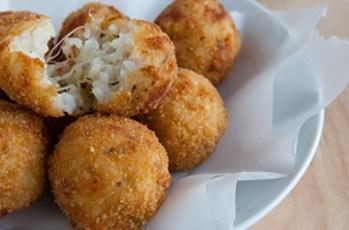Bengal’s long-standing love affair with “Khichuri” is not a secret to the rest of the world. The vibrant Bengali culture allows its practitioners to have khichuri at all times of the year. But nothing beats the sentimental value of a bong enjoying a plateful of steaming “khichuri” on a rainy day. The feeling is so deeply ingrained into the hearts that scores of Bengali’s irrespective of their age associate the extensive monsoon season with this traditional preparation. Different grey moods of nature during the monsoon season, be it a copious downpour, a slight drizzle or the incessant stifling balminess may turn poetic when coupled with this perfect comfort food, from a Bengali’s perspective.
Khichuri at a glance
The quintessential Bengali khichuri is a preparation made from fragrant Gobindabhog rice, nutty roasted moong dal, vegetables, spices, and ghee. The recipe for khichuri is not set in stone. It can be made plain or rich and runny or thick according to one’s taste. The ingredients can also be swapped and played with based on ease and availability.
The main ingredient: Rice
Khichuri shines in its simplicity. The rice used in “Khichuri” takes a front and centre seat in its preparation. The rice forms the backbone of the preparation and offers it the desired porridge-like texture. Gobindabhog rice which is short-grained and aromatic sticky rice is considered ideal for making khichuri. But the use of other varieties of rice is not unheard of.
Steamed rice, parboiled rice, and even half-boiled rice can be thrown in together with the rest of the essential ingredients to make khichuri suitable for wistful rainy days.
Types of Khichuri
Bengal’s obsession with their tried and tested khichuri recipe is everlasting. Lately, many new-generation Bengalis are seen branching out into the various other preparations of khichuri, that the different geographical or cultural zones of India have to offer. To cite a few examples, one has to mention-
- The ‘Pongal’ hailing from Tamil Nadu in the down south.
- ‘Keema Khichdi’ originated from the kitchens of Hyderabad’s grand Nizams
- The well-loved “Gujarati Khichdi”
- Karnataka’s own ‘Bisi Bele Bhath’
- The “Bihari Khichdi” which is a close cousin of the Bengali Khichudi
Food value of Khichuri
Khichuri is a dish packed with important nutrients. Khichuri has about 320 calories with high levels of protein, carbohydrates, fat, and fibre. It contains vitamin C, vitamin A, and minerals like potassium, iron, and sodium all of which are beneficial for the body.
Health Benefits
Weight loss
Khichuri is a whole and hearty preparation that reduces cravings for additional calorie intake. This makes it perfect for people battling obesity to lose weight.
Digestive health
Khichuri’s high fibre content contributes to improving gut health. It helps in detoxifying the digestive system thereby ending digestive disorders.
Diabetes-friendly
The Moong dal used in khichuri is known to have a low glycemic index. This controls the blood sugar levels.
Fights Fever
The antioxidants present in khichuri prove helpful in recovering from common illnesses like fever or infections.
